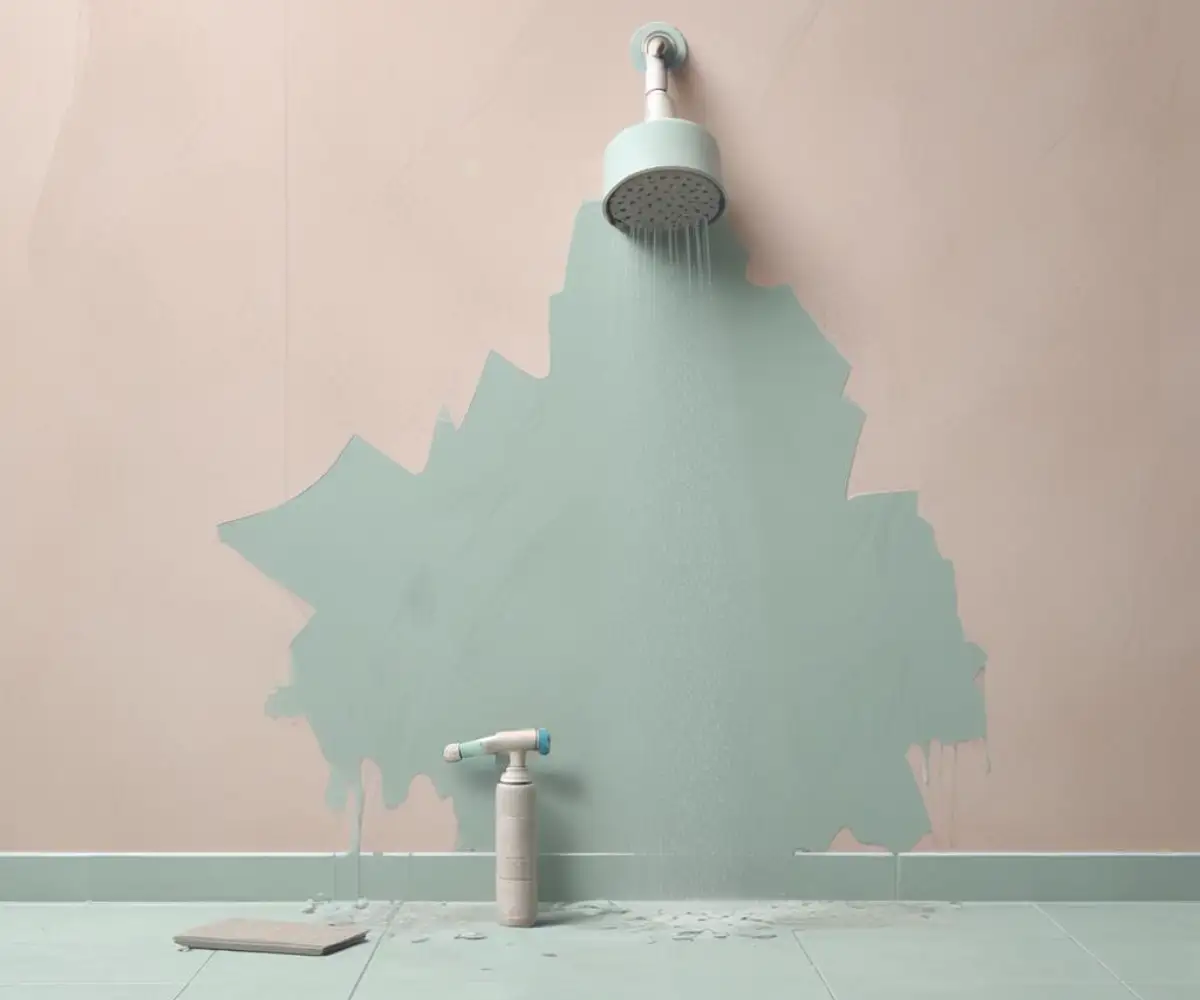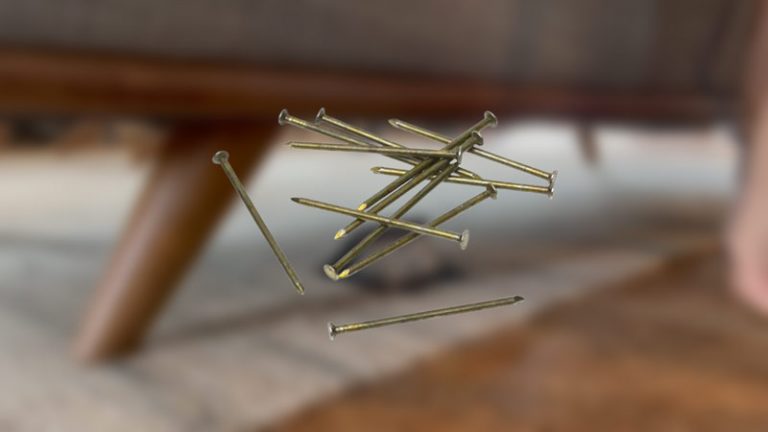RedGard vs Mapei: Don’t Tile Your Shower Before Reading This
The single most critical decision in any shower or bathroom renovation isn’t the tile, the grout color, or the fixtures. It’s the unseen layer that provides the ultimate protection against water damage: the waterproofing membrane. A failure here can lead to catastrophic problems, including mold, wood rot, and structural decay that costs thousands to repair.
Two names dominate the liquid-applied waterproofing market: Custom Building Products’ RedGard and Mapei’s AquaDefense. Both promise a seamless, impenetrable barrier, but they have key differences in application, curing time, and performance that can significantly impact your project’s timeline and success. Choosing the wrong one for your specific situation can lead to frustration and potential failure down the road.
You'll Learn About
Understanding the Core Technology: What Are Liquid-Applied Membranes?
Liquid-applied waterproofing membranes are a modern solution to an age-old problem. They are paint-on or roll-on liquids that cure to form a continuous, flexible, and seamless waterproof barrier. This monolithic layer is ideal for the complex shapes of a shower, including benches, niches, and corners, where cutting and folding sheet membranes can be cumbersome and create potential points of failure.
Beyond simply blocking water, these products are also “crack-isolation” membranes. This means they have elastomeric properties, allowing them to stretch and bridge minor, in-plane cracks that may develop in the substrate over time, preventing those cracks from transferring through to your tile and grout. This flexibility is a vital feature for ensuring the long-term durability of your tile installation.
Head-to-Head Battle: RedGard vs. Mapei AquaDefense
While both products are industry leaders and meet ANSI A118.10 standards for waterproofing, their distinct characteristics cater to different project needs and user preferences. Understanding these nuances is key to making the right choice.
Application and Ease of Use
Both RedGard and AquaDefense are user-friendly and can be applied with a brush, roller, or sprayer. The most significant difference for the applicator is the visual curing indicator. RedGard is famous for its color-changing property; it is applied as a thick, bubblegum-pink liquid and dries to a deep, solid red. This provides a clear, unmistakable signal that the coat is dry and ready for the next step.
Mapei’s AquaDefense also changes color, but it’s a more subtle transition. It applies as a light, minty green and cures to a darker, olive green. While effective, the contrast is less stark than RedGard’s, requiring closer inspection in lower light conditions. Both products have a similar viscosity and are easy to spread evenly across cement backer board or other approved substrates.

Curing Time and Project Timeline
Herein lies one of the most significant distinctions. Mapei AquaDefense is engineered for speed. It is typically dry to the touch and ready for a second coat in 30 to 50 minutes under normal conditions. After the final coat, you can often begin installing tile in as little as 30 to 50 minutes more, and a flood test can be performed after just 12 hours. This rapid turnaround is a major advantage for professionals or DIYers on a tight schedule.
RedGard, while not slow, requires a more patient approach. Each coat typically takes 1.5 to 2 hours to dry, and it’s crucial to wait for the full color change to red. It is important to note that environmental factors like high humidity or low temperatures can significantly extend the drying time for both products, but AquaDefense generally maintains its edge in speed.
Performance and Durability
When applied according to manufacturer specifications, both membranes provide exceptional and reliable waterproofing. They offer similar crack-isolation capabilities and are rated for use in demanding wet areas like showers and steam rooms. Some professionals note that AquaDefense feels slightly more rubbery and flexible when cured, while RedGard cures to a harder, more plasticky finish. In practice, this difference is minor, as both provide the necessary elasticity.
A more technical consideration is vapor permeance. For steam showers or steam rooms, you need a membrane that acts as a vapor barrier. Both products are rated for this use, but you must always consult the latest technical data sheets from the manufacturer to ensure you achieve the required thickness for such a demanding application.
| Feature | Custom RedGard | Mapei AquaDefense |
|---|---|---|
| Color When Applied | Pink | Light Green |
| Color When Cured | Red | Dark Green |
| Drying Time (Between Coats) | 1.5 – 2 hours | 30 – 50 minutes |
| Time to Tile (After Final Coat) | Approximately 2-4 hours | 30 – 50 minutes |
| Flood Test Ready | 24 – 72 hours (Varies) | 12 hours |
| Primary Advantage | Clear visual drying indicator, wide availability | Extremely fast drying time |
Common Mistakes That Lead to Waterproofing Failure
Choosing between RedGard and AquaDefense is secondary to the most critical factor: proper application. A premium product applied incorrectly will fail. Avoiding these common pitfalls is essential for a leak-proof shower that lasts a lifetime.
Applying Too Thin: The “Just One Coat” Myth
The single biggest mistake is not applying the membrane thick enough. Both manufacturers specify a minimum dry film thickness (DFT), typically around 20-25 mils, which is roughly the thickness of a credit card. Relying on color change alone is not enough; you must apply enough material. It is highly recommended to use a wet film thickness gauge to check your application as you go to ensure you are meeting the required depth.
Failing to achieve the proper thickness creates weak spots and pinholes that water can eventually exploit. Always apply at least two generous coats, with the second coat applied perpendicular to the first, to ensure complete and uniform coverage.
Ignoring Substrate Preparation
A waterproofing membrane is only as good as the surface it’s bonded to. The substrate must be clean, dry, and free of dust, dirt, or grease that could interfere with adhesion. This is especially true if you are dealing with older materials; for instance, attempting to waterproof over issues like crumbling particle board under countertops is a recipe for disaster and requires complete replacement with a suitable backer board.
Ensure all screws on the cement board are flush and cover all seams with alkali-resistant mesh tape embedded in thin-set mortar before you begin waterproofing. This creates a stable, unified surface for the membrane to bond to.
Forgetting the Details: Seams, Corners, and Penetrations
Water doesn’t attack the middle of a wall; it finds the path of least resistance. This means corners, seams, and penetrations for plumbing are the most vulnerable areas. It is best practice to use a waterproofing fabric or tape embedded into the first coat of liquid membrane at all changes of plane—wall-to-wall corners, wall-to-floor junctions, and around the shower niche. This reinforces these critical stress points.
Simply painting the corners isn’t enough. The fabric adds tensile strength and ensures a robust, continuous seal where movement is most likely to occur.
The Professional Tip No One Talks About: Thin-Set Selection
A crucial detail often overlooked by DIYers is the type of thin-set mortar used to set the tile *over* the waterproofing membrane. Since RedGard and AquaDefense are themselves waterproof barriers, they prevent moisture from the thin-set from absorbing into the substrate. This has significant implications for how the mortar cures.
Using a heavily polymer-modified thin-set can dramatically slow down the curing process, as the moisture is trapped between a non-porous membrane and a non-porous tile. For this reason, many manufacturers recommend using a polymer-modified thin-set that meets ANSI A118.4 standards, but always check the specific product recommendations. Mapei, for instance, explicitly states that their polymer-modified mortars are suitable for use over AquaDefense. Using the wrong adhesive, like a premixed mastic, can lead to complete bond failure as it may never fully cure in a wet environment.
This consideration for modern materials is a far cry from older building methods. In the past, builders might have used materials like an asphalt impregnated board for water resistance, but these are incompatible with modern thin-sets and liquid membranes.
Making the Final Decision: Which Membrane is Right for Your Project?
With a clear understanding of the products and proper application techniques, the choice becomes simpler and depends on your priorities.
Choose Custom RedGard if:
- You are a DIYer who values a very clear, foolproof visual indicator that the membrane is dry.
- Your project timeline is flexible and allows for slightly longer drying periods.
- It is more readily available or cost-effective in your location.
Choose Mapei AquaDefense if:
- Your project is on a tight schedule and minimizing downtime is the top priority.
- You are working in cooler or more humid conditions where a faster-drying product is advantageous.
- You are a professional who can quickly flood test and move on to the next phase of the job.
Ultimately, both are premier products from reputable companies. When installed correctly, either will provide decades of reliable protection. Remember, a successful bathroom renovation is about a system of compatible components working together. Ensuring your waterproofing is perfect is just as important as fixing other common bathroom annoyances, like a luxe bidet toilet seat gap, for a flawless final result.
Final Checklist Before You Begin
Read the Instructions: Always read the full technical data sheet for the specific product you choose.
Prepare Your Surface: Ensure your substrate is clean, stable, and properly prepared with taped seams.
Check Conditions: Be aware of the temperature and humidity, and allow for extra drying time if necessary.
Use a Gauge: Use a wet film thickness gauge to ensure you are applying enough material.
Reinforce Corners: Use fabric membrane in all corners and at changes of plane for maximum durability.
Build with Confidence: A Foundation Free from Leaks
The debate between RedGard and Mapei AquaDefense often comes down to a choice between a clear visual cue and speed. Both are excellent choices that deliver professional-grade results. The real key to success lies not in the bucket, but in the hands of the installer.
By prioritizing meticulous surface preparation, applying the membrane to the correct thickness, and paying close attention to the details, you are building a shower on a foundation of confidence. You are ensuring that the beautiful tile work you’re about to install will be protected and enjoyed for decades, free from the hidden threat of water damage.

